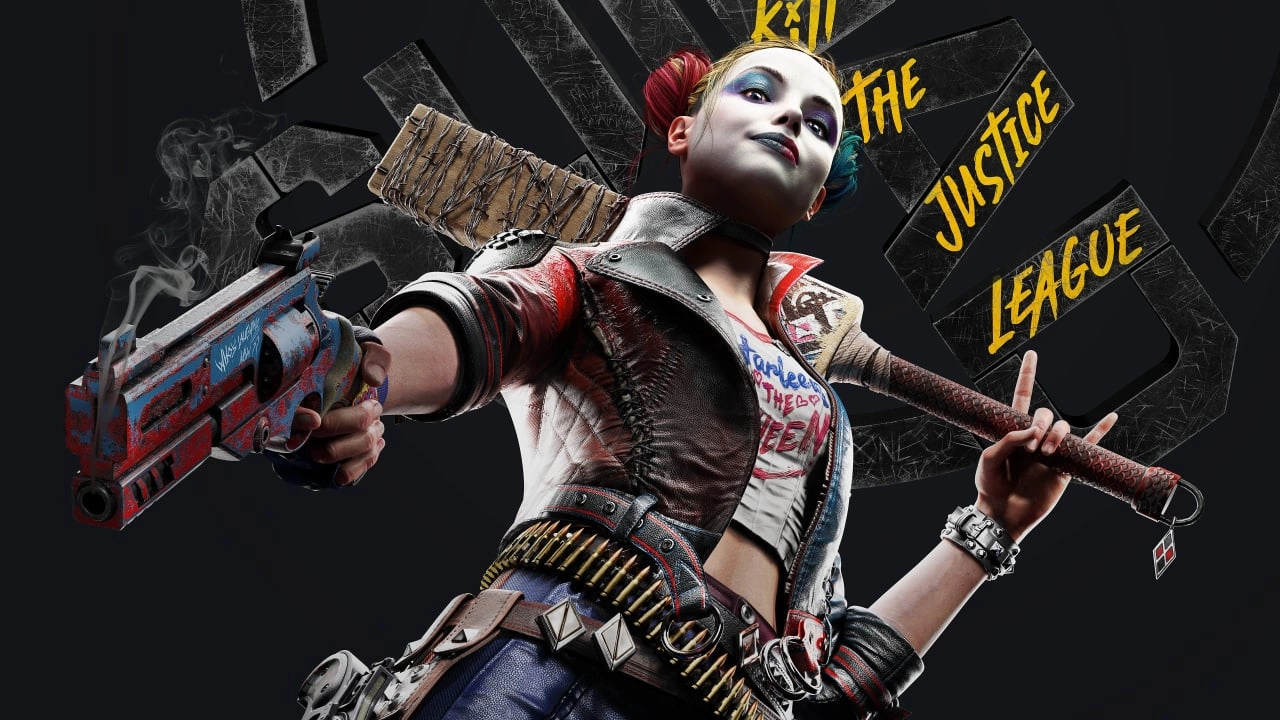
In the competitive gaming industry, the development and release of a major title can make or break a studio. One striking example of a project that didn't go as planned is 'Suicide Squad: Kill the Justice League,' a game which not only disappointed fans but also resulted in a staggering $200 million loss for its publisher, Warner Bros. What went wrong for this highly anticipated game to deviate so far from its path to success?
Originally scheduled for release between 2019 and 2020, 'Suicide Squad: Kill the Justice League' was under development for nearly seven years. Warner Bros. tasked Rocksteady Studios, renowned for the critically acclaimed Batman Arkham series, to steer this major project. However, rather than producing another single-player experience akin to their Batman games, Warner Bros. pushed Rocksteady towards a multiplayer service game model, aiming to emulate the success of popular games like Destiny 2.
This strategic pivot did not sit well with many of the long-time staff at Rocksteady. The subsequent exodus of personnel is one indicator of the internal disagreement over the direction of the game. Those who stayed faced a tumultuous development process, marked by frequent shifts in the game’s core vision and mechanics. Reports suggest that initially, the game was more melee-focused, akin to the studio’s previous combat styles. However, this core mechanic was later changed to gunplay, a shift that fundamentally altered the game's design and estranged the development team further from the project’s original intention.
Further complicating the development was a noted culture of 'toxic positivity' at Rocksteady, as described in the Bloomberg report by Jason Schreier. This term refers to an environment where negative feedback is dismissed, and concerns are glossed over with assurances that everything will work out in the end. Leadership consistently ignored the issues raised by the team, insisting that the project would come together eventually. This dismissive attitude prevented essential course corrections and led to continuous cycles of reworks and dissatisfaction among the development team.
The development was also stymied by high perfectionism standards set by Rocksteady's co-founder and the game’s director, Sefton Hill. Hill’s detailed oversight became a bottleneck, causing significant delays as developers would often wait months for feedback and approval on their work. These delays were compounded by the abandonment of work on ideas such as customizable vehicles, which, though explored for months, were eventually dropped as they did not align with the game’s evolving direction.
Despite clear precedents like the failures of similar high-profile projects such as Anthem and Redfall, the management at Rocksteady maintained a belief that Suicide Squad would defy the odds and succeed. Both Hill and Jamie Walker, the other co-founder of Rocksteady, left the company before the game was even launched in February 2024.
Upon release, 'Suicide Squad: Kill the Justice League' was met with underwhelming reception from both critics and players. The game's significant departure from Rocksteady’s successful formula, coupled with the ill-fitted multiplayer service game model, led to its downfall. What was once envisioned as a groundbreaking title instead serves as a cautionary tale on several fronts: the risks of genre switching, the importance of heeding internal feedback, and the perils of chasing trends without a clear, consistent vision.
This entire debacle around Suicide Squad highlights a troubled and chaotic development process, marked by a disconnect between the development team's strengths and the publisher's ambitions. For Warner Bros., this has been a costly lesson in the importance of alignment and clarity in game development. For the gaming community and industry at large, it serves as a critical study in what can go wrong when a project’s direction is led astray by external pressures and internal mismanagement.
You must be logged in to post a comment!